Australian Herbs & Spices – Lemon Myrtle
Lemon myrtle is probably one of the most popular and best-known of Australia’s native bushfoods. It has a multitude of uses and the best advice I can give anyone about to try the new herb for the first time is to use just a little as it’s really strong in both flavour and aroma, just a little can really enhance a dish and too much can lead to disaster.
With that said there has been a lot of research done on this wonderful bush herb, it grows naturally in the sub-tropical rainforests of NSW and Qld, but it’s still possible to grow it here in Melbourne, just needs a sunnny spot and plenty of water, I’ve also seen some amazing trees growing in Tasmania, so if you want a great tree in your home garden down south then it’s really worth a try.
Lemon Myrtle is available worldwide
Australian herbs as well as Australian spices are now in demand throughout the world. The versatility as well as the strong aromatic flavour and aroma of many of our Australian spices are certainly making themselves known.
Probably the best know Australian herb, Lemon myrtle , is now cultivated and commercially available worldwide. The leaves of the lemon myrtle are harvested and used as a specialty food ingredient by chefs and home cooks, in the pharmaceutical industry, teas and in many cosmetics, soaps, skin washes and even as an insect repellant. The aroma of the Lemon myrtle leaves shine thru.
For the most part the Lemon myrtle leaves are dried and milled ready to be used. This Australian herb is also used for essential oils which can be extracted from the leaf through steam distilling.
Where can I buy Lemon Myrtle for cooking?
Quick Tips to use Lemon Myrtle
History of Lemon Myrtle
Baron Ferdinand von Müller in 1853 first discovered Lemon myrtle and praised the strong, powerful aroma of it’s leaves.
Joseph H. Maiden saw the potential lemon myrtle for commercial production in 1889 and the German company Schimmel & Co. was the first to identify the primary ingredient, citral, which gives the distinctive lemon fragrance and taste.
Lemon myrtle was used commercially during World War 2 to flavour lemonade. It has been used in baked goods, jams and chutneys by the early settlers and as an insect repellant and a wonderful inhaler for coughs and colds.
The popularity of this Australian herb started to wane after it’s use in World War 2 as more and more of the synthetic ingredients started to be used by manufacturers because they were cheaper and more readily available, people didn’t see the health or environmental benefits of using or growing this this wonderful Australian bush herb. It was a new age of food manufacture, many new flavours and the introduction of a lot more ethnic dishes that excited the culinary industry and home cooks.
It really wasn’t until about 1990 that Lemon Myrtle and some of the other Australian herbs started to show themselves as having potential as viable culinary herbs. The versatility of Lemon Myrtle now makes it the “go to” herb of choice for many manufacturers and distillers as does a lot of the other Australian spices that are finding fame within Australia as well as worldwide.
Is Lemon Myrtle healthy for you?
Lemon myrtle is high in antioxidants, vitamin E, calcium, zinc and magnesium. It also has anti-microbial and anti-fungal properties.
This Australian herb is also a powerful anti-virus with antiseptic properties that are capable of destroying disease carrying microbes.
Many herbalists have said it promotes a healthy immune system.
How did Aboriginal people use the Australian herb Lemon Myrtle?
For centuries Aboriginal people have used lemon myrtle to treat sore throats, colds, infections and gastric upsets as well as headaches.
Lemon Myrtle Recipes
How to grow Lemon Myrtle
Lemon myrtle likes a nutrient-rich soil of medium to heavy texture, and neutral instead of acidic soil; it is prone to yellowing in alkaline soils.
The soil should be well-drained and protected from the wind to avoid wind damage. It enjoys a sunny position, especially if grown in the southern areas of Australia.
When the trees are young they are frost and drought tender, so need a lot of protection, also make sure that they don’t dry out, remember they are a sub-tropical plant. Once established they are pretty hardy.
How to dry Lemon Myrtle
Lemon myrtle leaves can be cut from the tree year round.
The leaves contain the highest amount of citral (>90%) of any plant known in the world, it is ‘lemonier than lemon’.
Due to the high volatility of the citral component, lemon myrtle leaves must be dried quickly – ideally within one hour of harvest – to prevent them heating up and deteriorating. To prevent any loss of essential oils set the dryer at less than 45C.
How to store Lemon Myrtle
Once you’ve dried the leaves, or have bought the dried leaves of this amazing Australian bush herb, then they must be stored in a cool, dry environment. In the right conditions their flavour and aroma can remain pungent for as long as 2 years, I’ve done tests and have found that they can also go beyond that. It’s important that they aren’t stored where there is a lot of heat or sunlight as both the flavour and aroma with weaken.
The health benefit of Lemon Myrtle
The essential oil is used as an ingredient in cosmetics and personal care items such as soaps, creams, toothpaste and shampoo and conditioners. Lemon myrtle has also been used for many years as a therapeutic aromatherapy product for oil burners or as a misting spray.
Lemon myrtle has antimicrobial and antifungal properties that are superior to those of the popular tea tree oil.
As a result, it has potential as a natural food preservative; as an antiseptic, surface disinfectant; and in the biological control of post-harvest diseases in fruits and vegetables.
Nutritional Information on Lemon Myrtle
NUTRITIONAL INFORMATION(per 100g frozen puree) (per 100 grams dry weight)
|
||||||||||||||||||||||||||||||||||||||||||||||||
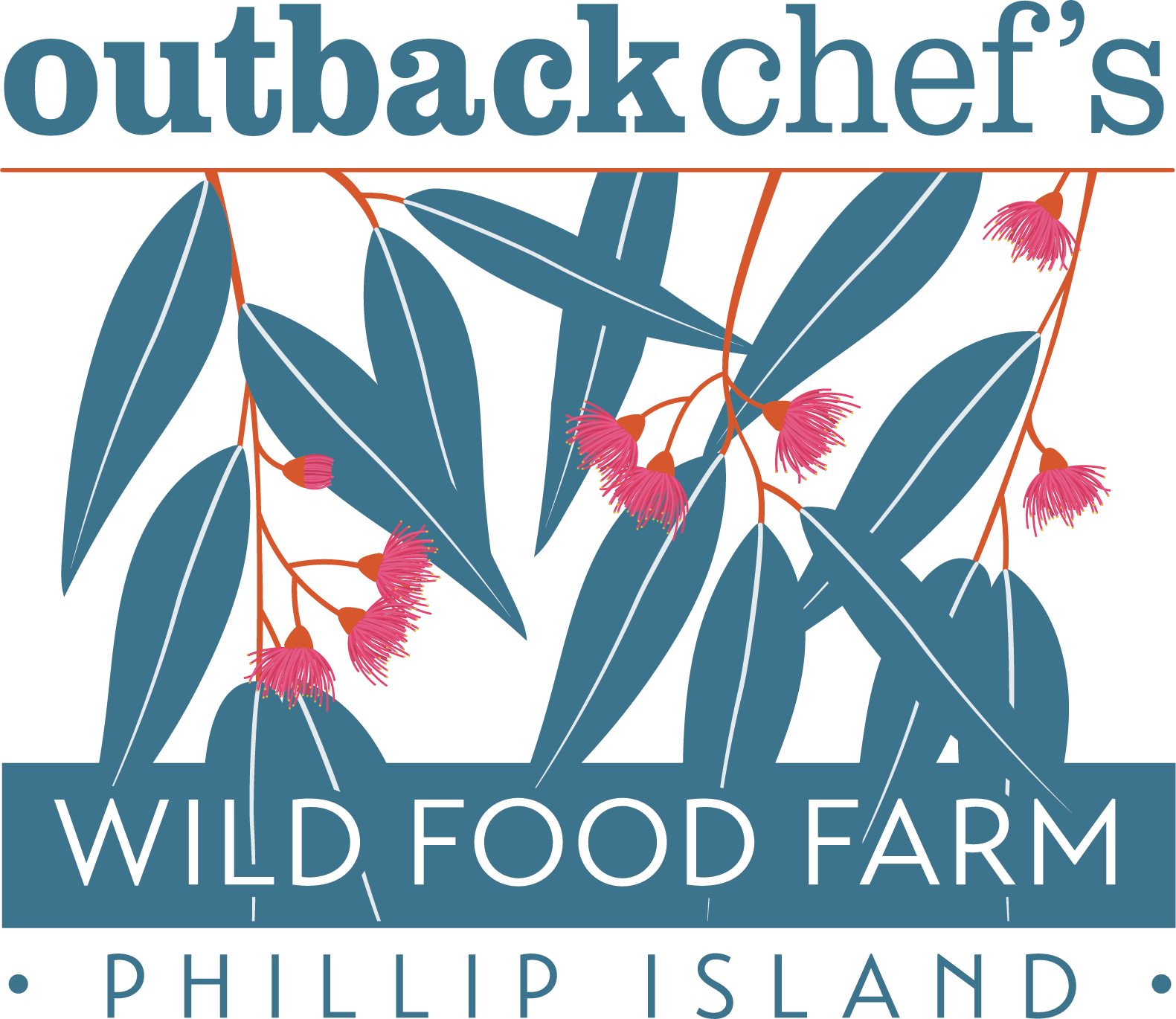
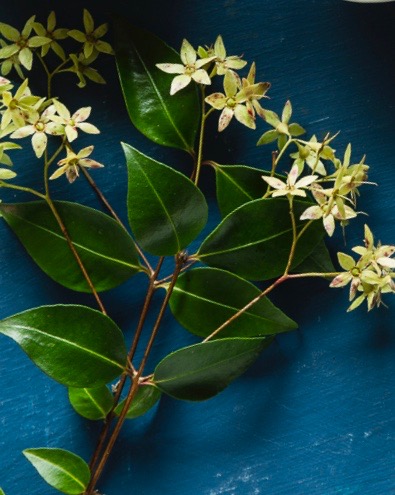

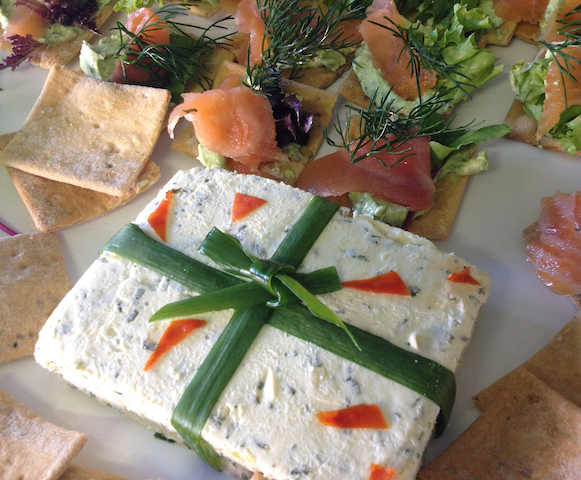



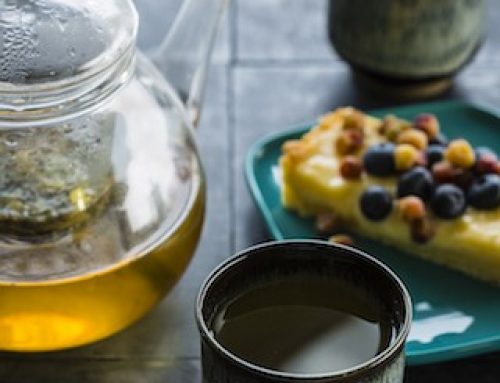
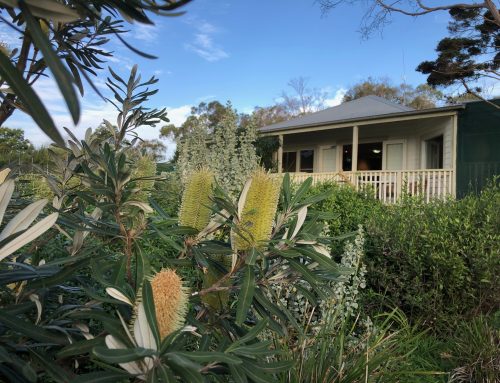
Leave A Comment
You must be logged in to post a comment.